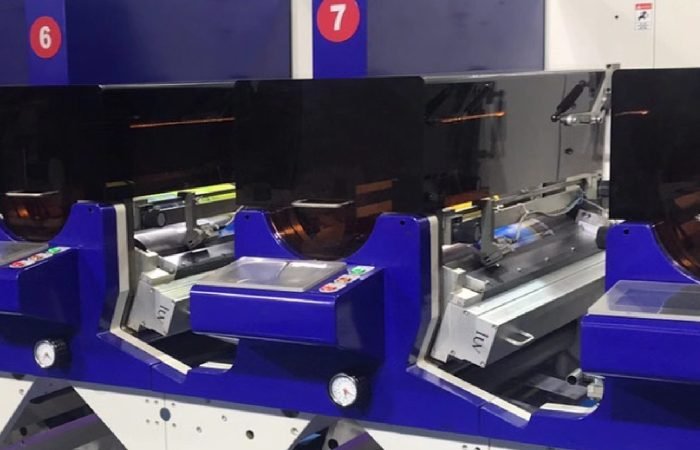For printing companies exploring LED curing systems, understanding the intersection of UV technology and specific printing processes is non-negotiable. LED UV curing has redefined efficiency for label, flexo, offset, and narrow web applications by delivering instant drying without volatile organic compounds (VOCs). Let’s break down how these systems align with different printing methods and what factors dictate optimal performance.
Label Printing Precision
Label converters demand curing systems that handle delicate substrates like synthetic films and heat-sensitive materials. LED UV’s targeted 365-405nm wavelengths enable precise curing of thin ink layers, critical for high-resolution barcodes and variable data printing. Unlike mercury vapor lamps, LED arrays eliminate heat distortion on pressure-sensitive labels, maintaining adhesive integrity. Key specs: modular designs allowing simultaneous curing for multiple ink stations, and adjustable irradiance (800-3000 mW/cm²) for controlling ink film hardness.
Flexo’s Speed Challenge
Modern flexographic presses running at 600 fpm require curing systems with millisecond response times. LED units with parabolic reflectors and high-intensity diodes (up to 12 W/cm²) prevent ink spread on flexible packaging materials. For water-based hybrid inks, look for systems offering both UV-A and UV-C bands – the former cures surface layers, while the latter penetrates opaque whites. A real-world example: narrow web flexo presses using LED curing reduced energy costs by 40% compared to traditional systems while achieving 98% ink polymerization.
Offset Compatibility Factors
Sheetfed offset applications benefit from LED’s cold curing, which prevents coated paper stock from warping. However, ink formulation compatibility is critical. Ensure your LED system matches the photoinitiators in your UV offset inks – newer formulations using TPO-L (trimethylbenzoyl phosphinate) require 395nm peak wavelengths. For metalized packaging substrates, dual-wavelength systems (385nm 405nm) achieve complete through-cure for scratch-resistant surfaces.
Narrow Web Optimization
In multi-process narrow web printing (combination flexo/gravure/screen), LED systems must accommodate varying web tensions and curing dwell times. Look for:
- Dynamic power modulation adjusting to web speed changes
- Water-cooled housings maintaining diode temperature below 40°C
- Compact form factors fitting existing press configurations
A leading European converter reported 30% faster job changeovers using modular LED units with pre-set curing profiles for different ink types.
Critical Technical Specifications
- Spectral Match: Verify diode wavelengths align with ink chemistry – 365nm for clear coatings, 395nm for pigmented inks
- Peak Irradiance: Minimum 2.5 W/cm² for opaque whites, 1.8 W/cm² for process colors
- Uniformity: ±5% intensity variance across web width
- Lifetime Rating: 20,000 hours at full power with












